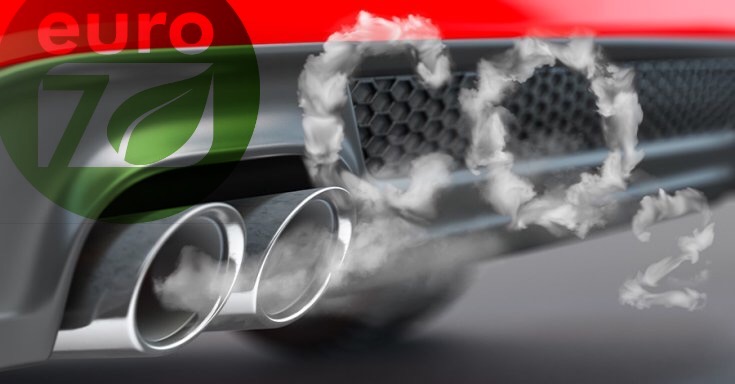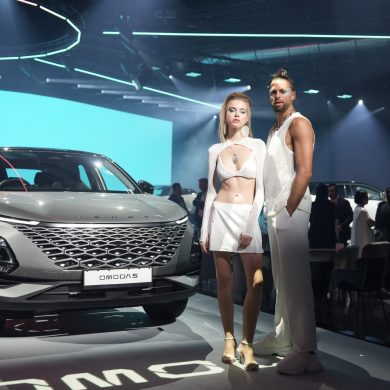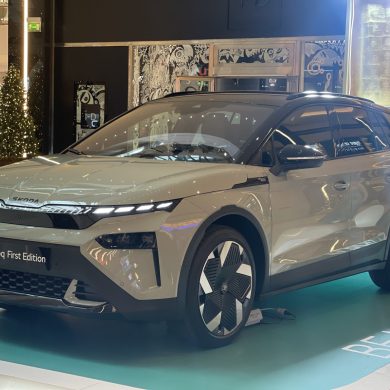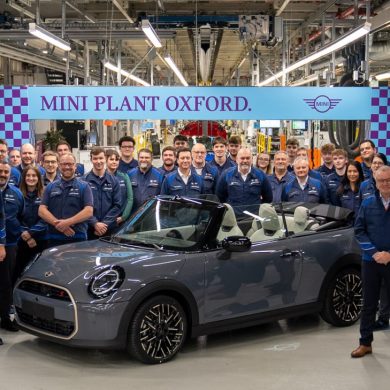After repeated delays, the European Commission published last week its proposed Euro 7 pollution rules, replacing Euro 6, which came into force in 2014. This is important because it will probably be the final regulations for internal combustion engines adopted in the Europe, as the EU will only require sales of zero-emission vehicles after 2035.
Car manufacturers had fought against the new rules, arguing that money spent on new compliance measures could be better invested in reducing the cost of electrification and that there is little need for new rules because the proportion of internal combustion engine sales will continue to fall before the 2035 deadline for zero emissions.
Stellantis CEO, Carlos Tavares, recently described the Euro 7 "diversion from the main objective of electrification".
The recent rise in inflation and car prices in Europe has added strength to this argument. It is not clear whether this has had an impact on the European Commission, but the proposed Euro 7 rules were not as strict as some car manufacturers feared.
However, they mark a clear shift away from Euro 6, in particular by unifying standards for diesel and petrol vehicles on pollutants such as nitrogen oxides (NOx), hardening targets for trucks and buses, and setting limits on brake dust and tyre particles, which will be the main source of road transport pollution in the zero emission era.
The regulations are now subject to ratification by the European Parliament and the Council. The expectation is that they will enter into force for passenger cars and vans in July, and for trucks and buses in 2027.
Reaction to the proposal was mixed last week, but there are some clear (and not so clear) winners and losers.
Winners
Air quality: The European Union says long-term exposure to fine particulate matter and NOx pollution from road traffic was responsible for more than 70,000 premature deaths in 2018, with 300,000 deaths from all air pollution. Road transport accounted for 39% of harmful NOx emissions that year, the EU says.
The inhabitants of the cities: Many who do not own cars are particularly affected, as road transport accounts for 47% of NOx emissions in cities. Reducing such pollutants could save thousands of lives in the future. In 2035, the EU says, Euro 7 regulations will reduce NOx emissions from passenger cars and vans by 35% and by 56% for buses and vans. Brake particulate matter will be reduced by 27 per cent.
The emission control industry: AECC, the trade group lobbying on behalf of companies such as Johnson Matthey, NGK and Vitesco that produce catalytic converters and filters, had called for an "ambitious" Euro 7 proposal. It didn't necessarily get it, but any tightening of pollution regulations means more content per vehicle for its members. The official reaction from the AECC is that it "welcomed" the Euro 7 proposal and, predictably, pressed the European Parliament and Council to adopt the rules as soon as possible. In the long term, however, an effective EU ban on internal combustion engines after 2035 will mean that the revenues of these companies in Europe will fall sharply.
Brake and tyre suppliers: A central promise of Euro 7 is that it will set limits on particulate matter from brakes and tyres, meaning that companies such as Brembo and Michelin will be able to market new technologies at what will almost certainly be higher costs to their customers. Brembo, for example, says its Greentive brake disc, when combined with a special friction material for pads, can reduce particulate emissions by 50%. It is worth noting that brake dust limits for vehicles of 3.5 tonnes or less are set at 7 mg/km by 2035 and 3 mg/km thereafter. However, emission limits for tyres have not yet been set.
Subversion
European car manufacturers: At first glance, any regulation that increases costs and requires the development and certification of new technologies seems like a loss for the automotive industry. But only diesel vehicles, a market already in steep decline, face particularly tough emissions standards, so in general it could be much worse. And automakers are simplifying their offerings for internal combustion engines and reducing or eliminating R&D budgets as electric vehicles take an increasing share.
However, the regulations will not be painless: A Morgan Stanley report found that Europe's largest carmaker, Volkswagen Group, could face €400 million in compliance costs on car sales, with No. 2 Stellantis at €350 million. This could further impact small car sales, which are disproportionately affected by any increase in production. Already, most European carmakers have abandoned the minicar segment, saying it would be too expensive to add more equipment to either reduce pollution and tailpipe emissions or hybridize small engines.
Losers
Heavy trucks and buses: Diesel-powered trucks and buses will have to reduce NOx emissions by 78%, to 90 milligrams per km, from 400 mg/km. This will lead to compliance costs of €2,700 per vehicle, the European Commission says. Even though such vehicles cost much more than passenger cars, this money could have been used to invest in electrification, batteries or even hydrogen fuel cells and could have increased transport and shipping costs for all goods.
Car buyers in the EU: The regulations are expected to add several hundred euros on average. Per vehicle the increase will reach €304, in fact, according to the EC in regulatory costs at prices already rising due to inflation, rising energy costs and semiconductor shortages. In the meantime, automakers will struggle to bring battery electric vehicles to market economically and EV charging infrastructure remains a weak spot.
Diesel engines: Under the proposal, diesel cars would have to reduce NOx emissions by 25% to 60 milligrams per kilometre, down from 80 currently under Euro 6. Any additional costs could accelerate the reduction in diesel offerings, an attractive option for those who regularly make long distance journeys. High cost or not, the market has been falling since the early 2010s, with the trend accelerating sharply after the VW cheating scandal in 2015. Many cities are now introducing bans on older diesels, with plans to ban all models in the future. In recent months, combined sales of all-electric and plug-in hybrid models have outpaced diesel sales in many markets. A decade ago, diesels accounted for up to 70 percent of all sales in some countries.







